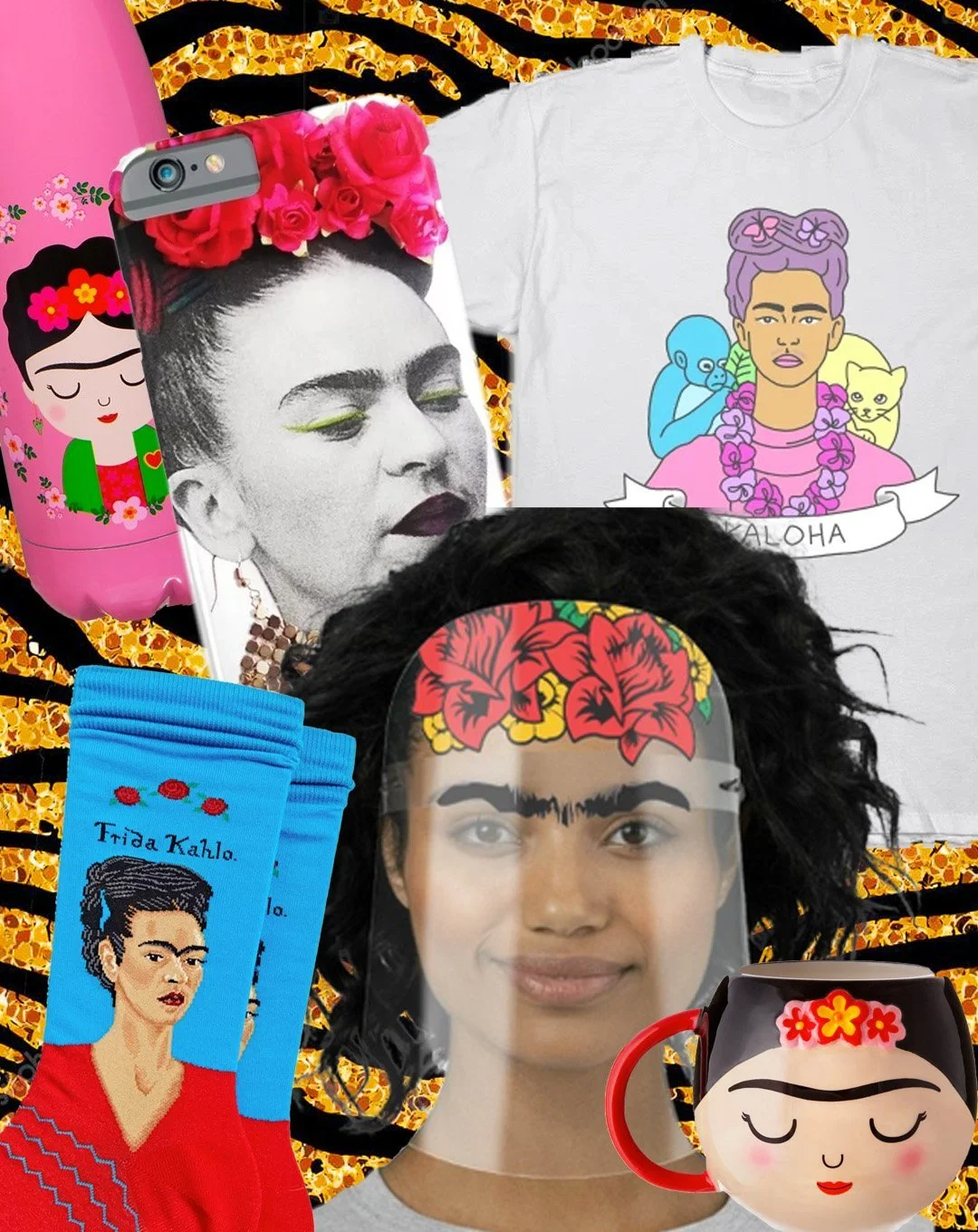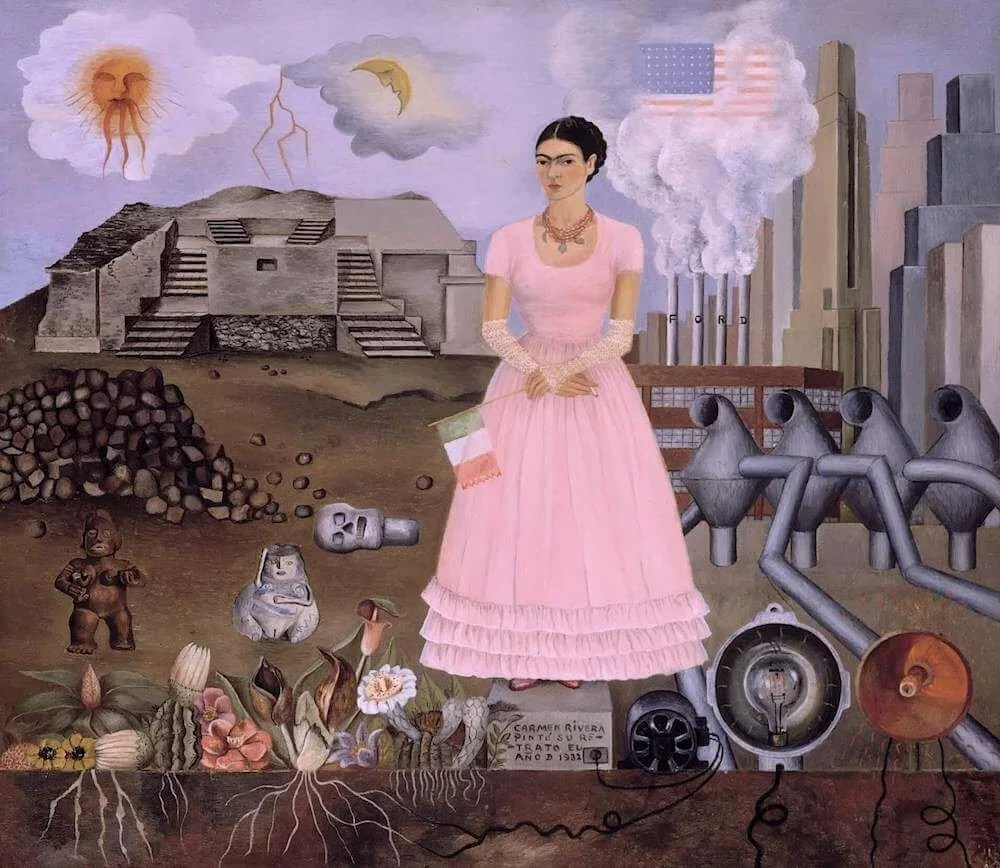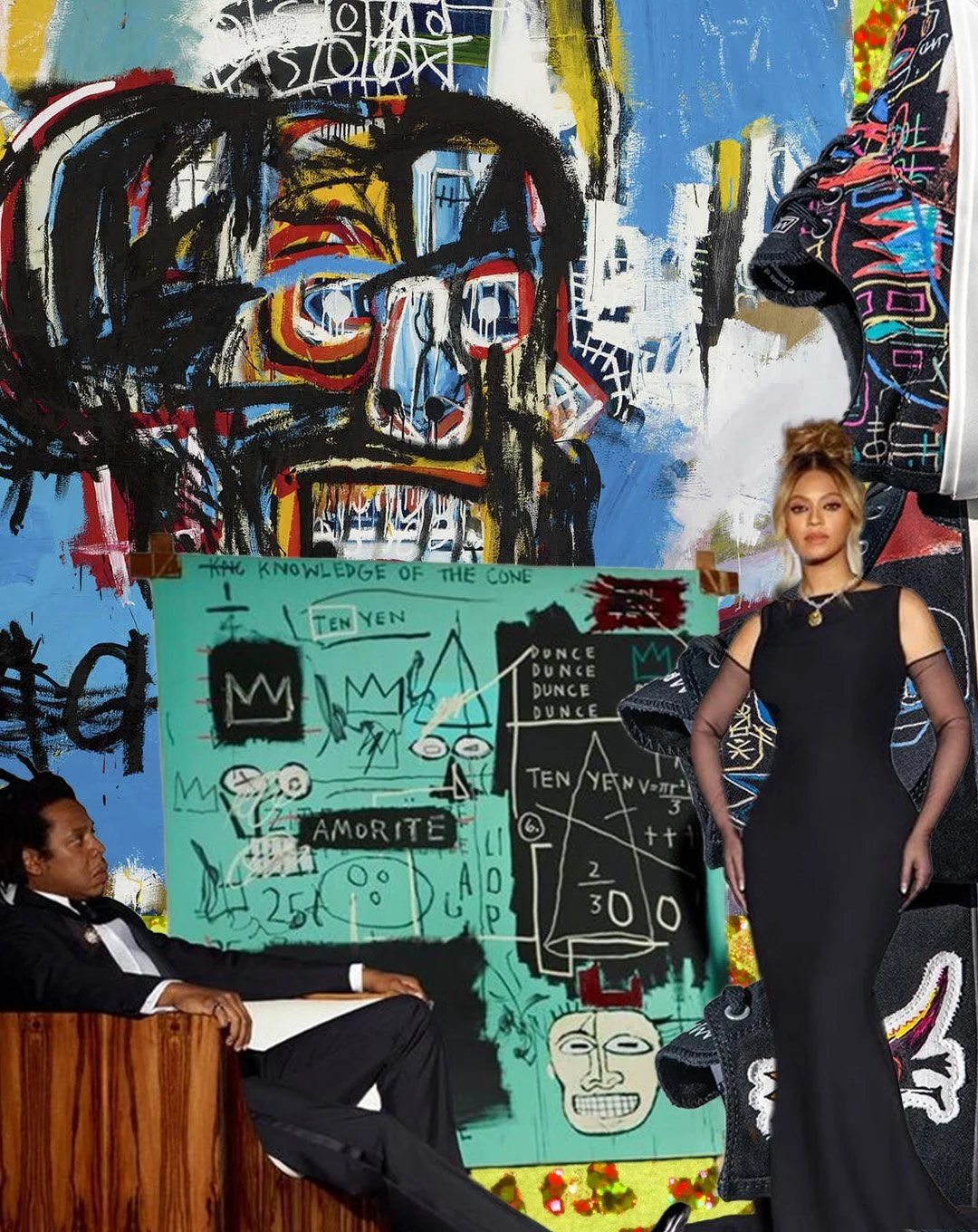Art Rookie: In The Tug of War Between Art and Commerce, Did Frida Kahlo Ever Stand a Chance?
Loving Frida Kahlo is a rite of passage. Or at least that's what it felt like in the late 2010s when the artist became an unwilling symbol (amongst many) of the fourth-wave feminist movement. Her self-portraits were as ubiquitous as fake blood and glitter on tampons within our collective visual consciousness. It's easy to get swept up in the widespread affection for Frida Kahlo - her personal life was emotionally charged and marked by trauma - confusing the quality of the art with her identity as a female artist. She became the icon that the mainstream movement overly concerned with identity politics and "girl power" needed. Kahlo's image and identity became a holy grain for marketing agencies looking to harp on the popularity of liberal feminism on social media.
Kahlo garnered cult status throughout the 20th century. She was initially introduced to popular culture by feminists in the 1970s and '80s, who touted her as a forgotten female artist of the times. Within a neoliberal cultural context, historians and cultural critics often fall into a pattern of reducing their analysis of paintings to the artist's identity rather than their politics.
An overwhelming amount of writing on Kahlo followed this trajectory and emphasised her art's aesthetic and personal aspects rather than its political implication and social histories. This sustained cultural understanding of Kahlo gave way to what has been labeled Fridamania.
At the peak of this Fridamania in 2018, I don't remember a single time I was at Urban Outfitters that I wasn't bombarded by cushions, coffee cups, notebooks, tote bags and socks with Kahlo's likeness plastered over them. Merchandise that reduced her identity to the unibrow, the flower headdress and her "exotic" appearance.
___STEADY_PAYWALL______STEADY_PAYWALL___
“Kahlo is shrunk to fit the narrowly defined constructs of womanhood.”
Arguably the worst use of her iconography was not another whitewashed Frida Kahlo Snapchat filter, the Frida Collection by Zara, or even the Frida Kahlo-inspired lingerie line, but when this tweet of Theresa May wearing a bracelet of the artist went viral. It is unsettling to see a conservative politician, responsible for a shrunken welfare state amongst other atrocities against working-class communities of colour, adopt the artist's identity to gain a certain social cache with feminists.
It shows us how decades of sanitisation reduced Kahlo's image from an active and lifelong member of the Mexican Communist Party to a 'Future is Female' feminist. The same artist who materialised her communist roots in paintings such as Self-portrait on the Borderline between Mexico and the United States, 1932 and Marxism Will Give Health to the Ill, 1954 and whose last public appearance involved protesting against U.S. interventions in Guatemala was being commodified, feminised, and whitened for capitalist gains.
Priya Prasad's insightful piece written for NYU's Gallatin School of Individualised Study suggests that as an artist, Kahlo is shrunk to fit the narrowly defined constructs of womanhood, "To reduce Kahlo's artwork as an escape from her pain is to deny the larger meaning of her work, which constantly touched upon social and cultural issues. Kahlo's race and disability intermixed with politics and activism as she was fiercely anti-capitalistic and anti-American."
While the cult of Frida Kahlo may be one of the most blatant examples of corporatised feminism, other artists and activists have suffered a similar fate. The Nasty Woman card game is one instance where imagery of a select few leftwing radical feminists such as Angela Davis and Audre Lorde were used alongside a liberal dream team of "Nasty Women" including Hillary Clinton, Oprah Winfrey and Ruth Bader Ginsburg amongst other politicians and celebrities.
This card game was a by-product of the 2016 American election, a response to Trump's presidency and created for the same white women who suggested that if Hillary won, they would be at brunch instead of protesting. This commodified activism exploits the appearance of these feminists while keeping their politics at arm's length.
Jean-Michel Basquiat is another artist whose mainstream acclaim has manifested in insidious ways. The underground graffiti artist turned neo-expressionist painter explored race and the ways in which imperialism reproduces itself through the arts in his work. His paintings were starkly different to European masters; they were violent and often ugly, a stark reminder of the colonisation of the black body and mind. In the 1980s, his work was dismissed and touted as unmarketable by the then Head Curator of the MoMa, Ann Temkin. Basquiat's now sell for millions. In 2017 Untitled, a painting from 1982, was sold for $110.5 million at Sotheby's.
In an interview for Popsugar, Amy Andrieux, executive director and chief curator at the Museum of Contemporary African Diasporan Arts, shares, "It's not lost on me that the celebration of Basquiat's genius was rising as he met his fate in dying young, adding to a long line of Black men who never made it to thirty but were revered posthumously, Always late to the Black familiar, the white gaze continues to love us in a vicious cycle of anti-Blackness to anti-Blackness; from ghetto until proven fashionable."
Basquiat's work stripped of social context becomes an image served up for public consumption and his now signature crown pattern fodder for merchandising companies. Uniqlo, Converse, Gap, Urban Outfitters and Tiffany's, amongst several other retailers, pick and choose elements of his work that guarantee a newfound social cachet for their brands. A Tiffany & Co. advert from September 2021 featuring a never before seen Basquiat painting was especially contested, with friends coming out in opposition of Basquiat's association with the work. James Rushing Day reiterates this disdain for transforming artists into consumable symbols to sell t-shirts, "Basquiat is exemplar of a marketing strategy that has seen countless artists transmuted (sometimes willingly, other times not) into featureless, deracinated, and depoliticised products".
When I began writing this piece, I was convinced that the commodification of artists was a 21st-century problem fuelled by late-stage capitalism and social media. But in an essay from 1963, Susan Sontag suggests that the commercialisation of radical artists is nothing new and neoliberalism at its finest; "The culture-heroes of our liberal bourgeois civilisation are anti-liberal and anti-bourgeois; they are writers who are repetitive, obsessive, and impolite, who impress by force—not simply by their tone of personal authority and by their intellectual ardour, but by the sense of acute personal and intellectual extremity."
Would it be too nihilistic then to argue that by watering down the essence of Basquiat and Kahlo, brands, corporations and even retailers at Museums are actively urging us to forget they were ever radical? By supplying us with an over saturation of corporate imagery, will we ultimately detach the art and artists from any social and political significance they held?
Words: Zara Aftab



